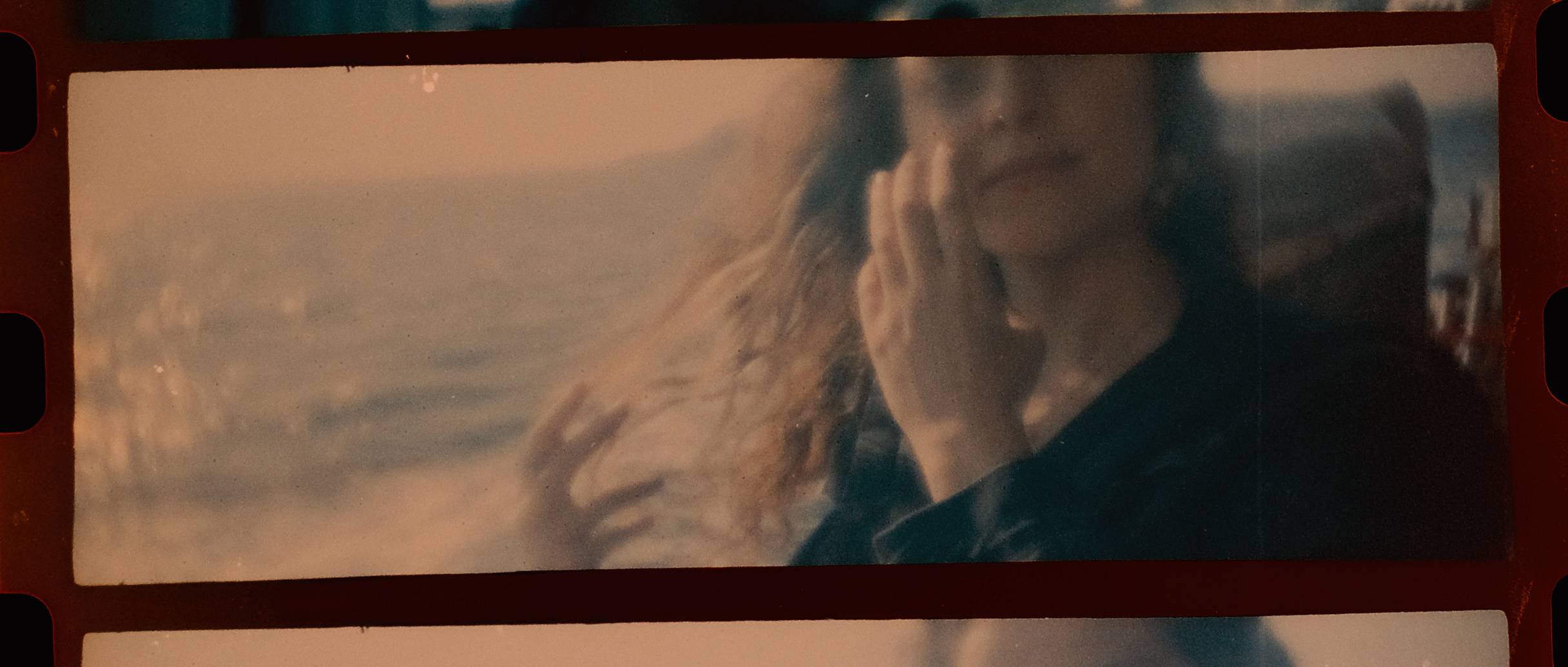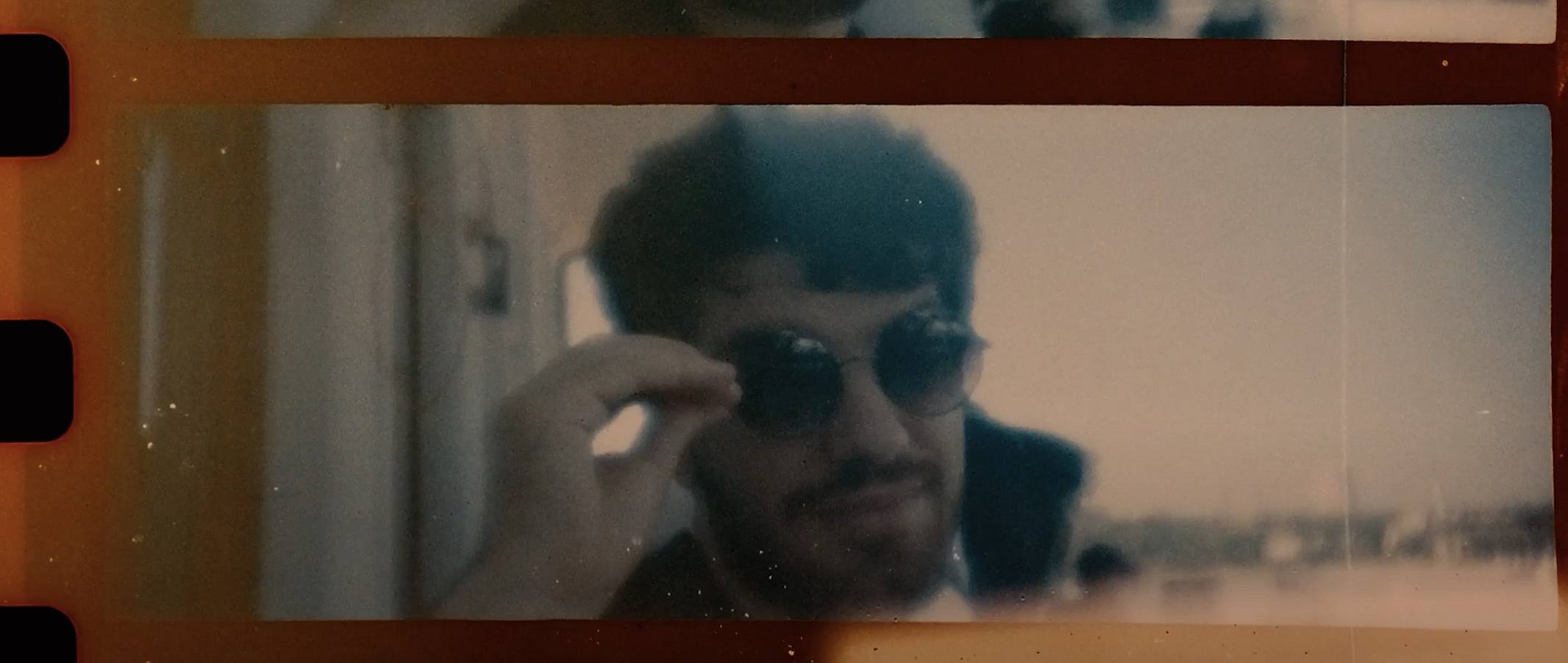LomoKino Tips and Tricks with Analogue Filmmaker Emir
6 Share TweetHave you ever imagined yourself as a filmmaker in the 1900s, shooting a silent moving picture on film and cranking the camera by hand? What would it look and feel like?
Here at Lomography, we created a more modern alternative to the cameras that belonged to the early ages of filmmaking — the LomoKino. A fully functional and extremely portable camera that is designed for filmmakers, cinephiles, and all kinds of analogue photography enthusiasts alike to create their own kinds of analogue films and motion pictures!
Emir, an independent filmmaker from Istanbul, recently took the LomoKino with him on a short vacation to the coast. With new takeaways and insights gained from the trip, he shares his top three tips on how to maximize your LomoKino experience.
“ I will always look into those dream-like frames and feel like I am in those moments. The LomoKino captured those moments for us.”
1. Use an ISO 400+ film stock
The LomoKino has three available apertures: f5.6, f8, f11. This means that using a film stock with an ISO below 400 would not be exactly ideal. The cool thing you learn through analogue photography is the value of light, and how it can quite literally make or break an image. In this case and for this specific Lomography camera, Emir's rule of thumb is to use any film stock with an ISO of 400 or higher, whilst ensuring that the elements within the frame are relatively well-lit. Lomography Color Negative 400 is a go-to film stock for the independent filmmaker.
“You travel back in time to 1895. It literally gives you the joy of pioneer cinema”

2. Scan your own negatives
What's so great about this camera is its ability to create magical moments on analogue. Whether you use this for your professional work as a filmmaker, content creator, marketer, academic, etc., or simply for personal memories and keepsakes, it's the kind of object that can enrich your sense of nostalgia, creativity, and curiosity all at once.
Emir shares that he tends to use the LomoKino for strictly spontaneous happenings in his life — intending to give those memories a vivid nostalgic feel. To focus more on the feeling and emotion at that given time. Thus, he opts to scan his own films in order to authentically do justice to those very moments through his choice of colors.
3. Stock up on 35 mm film
Admittedly, the immersive nature of the camera compels you to shoot and go through several rolls of film, making it challenging to work with a limited number of rolls. This is why it is suggested that you prepare a wide range of film stocks to pull from and experiment with when working with the LomoKino specifically. But don't worry, the entire process behind crafting each image to then create a full spectrum of moving images is well worth experiencing.
Why consider the LomoKino? Emir describes the promising potential the camera brings:
"I am a huge fan of Sergio Leone's spaghetti westerns. He used Techniscope format, a really great way to use 35 mm film to achieve wide view. So the fact that the LomoKino gives you these opportunities with a small budget, there was no possibility that I would not buy one!"
Thank you to Emir for sharing his experience with the LomoKino with the community! Looking to create short analogue videos on 35 mm? Head on over to the Lomography website and get started on your LomoKino journey!
written by macasaett on 2023-09-19 #gear #videos #travel #cinema #istanbul #turkey #lomokino





















No Comments